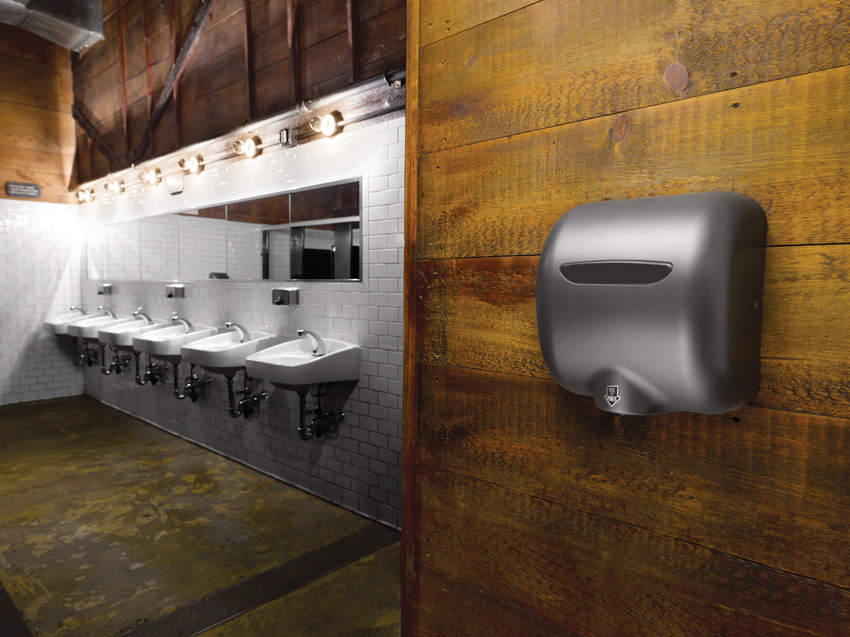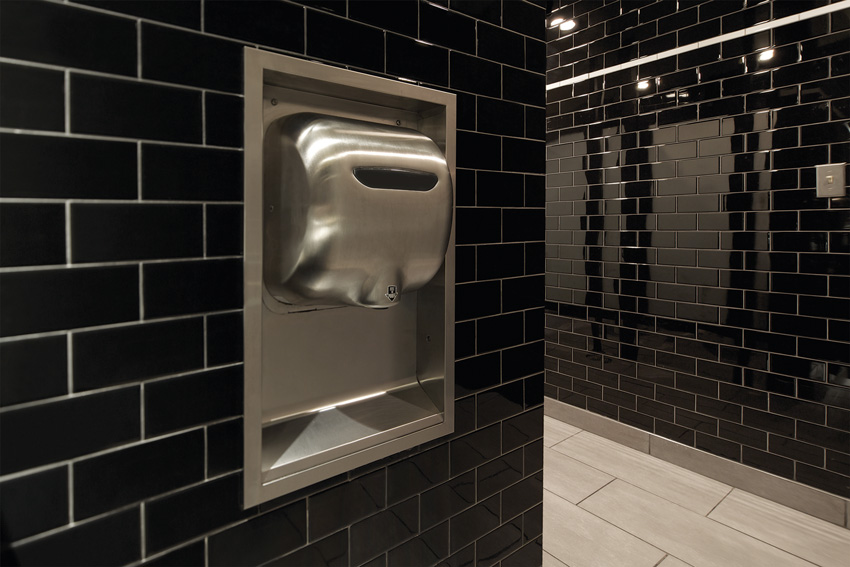A More Transparent Shade of Green: PCRs Drive Restrooms to the Lead in Green Design
Learning Objectives:
- Discuss how environmental product declarations (EPDs) allow for apples-to-apples comparisons of building products in terms of hygiene, welfare, and health performance.
- Explain how product category rules (PCRs) establish clear, consistent evaluation methods for building products as a means to help ensure and validate the environmental performance of buildings.
- Describe how PCRs are used to underpin and generate life-cycle assessments (LCAs) that evaluate a building product’s total environmental impact and outcomes for human hygiene and global health.
- Describe how PCRs, LCAs, and EPDs can be used together to assess and optimize the hygiene, health, and sustainability characteristics of high-performance restroom designs.
Credits:
This course is approved as a Structured Course
This course can be self-reported to the AANB, as per their CE Guidelines
Approved for structured learning
Approved for Core Learning
This course can be self-reported to the NLAA
Course may qualify for Learning Hours with NWTAA
Course eligible for OAA Learning Hours
This course is approved as a core course
This course can be self-reported for Learning Units to the Architectural Institute of British Columbia
Construction is going green. As both sustainability and efficiency advance in the built environment, architects, specifiers, and buyers are increasingly concerned with purchasing products that are environmentally friendly and can achieve project performance and client welfare goals. Architects and designers are, in essence, visionaries. Their ultimate success depends on choosing products that will accurately support and fuel their passion for possibilities.

All images courtesy of Excel Dryer, Inc.
Although restrooms are not typically a part of the building immediately associated with green initiatives, they can offer considerable energy, sustainability, and welfare wins through careful product selection. Pictured is the women’s restroom at Brooklyn Bowl.
Restrooms are not typically a part of the building immediately associated with green initiatives. Although restrooms are a necessary space, they consume resources and generate costs. High water usage, waste generation, and energy consumption for electrical and lighting can plague bathroom design. However, careful product selection and planning can turn this water, energy, and dollar-hungry real estate into a high-efficiency, cost-conscious space.
More green is good. But, hand-in-hand with the proliferation of green, it has become more difficult to determine exactly which products are environmentally preferable. Many industries do not have guidelines in place to delineate the environmental differences, or guidelines that exist are unclear or not universal. A clutter of claims confuses the marketplace. This means that, when it comes to choosing a product, it can be like comparing apples to oranges.
Decision-makers need an easier path for sorting through the confusion of marketing claims, thereby leveling the product playing field. They want to be able to clearly and consistently distinguish between green product attributes on eco-labels. They also need to know that the products selected to transform restrooms into efficient, energy- and welfare-conscious spaces are going to perform as advertised.
Defining Transparency
Therefore, along with the rise of green, there also needs to begin an age of transparency to avoid confusion in the marketplace. The only way to accurately compare products in an apples-to-apples approach rather than an apples-to-oranges one is by entering the decision-making process with balanced scales. The only way to achieve this balance is through transparency. A simple dictionary definition of transparency includes the concepts of something that is easily perceived or detected, along with those of honesty and openness. When applied to the process of choosing the best building product, transparency means the ability to evaluate the environmental impact of products using a common, easily perceived, and forthright approach. The result is less market confusion in this new age of transparency.
Today’s product declarations and eco-labels offer a standardized way of quantifying the environmental impact of a product by studying the raw materials and energy consumption during its production, its present use, and its future disposal. For buyers and specifiers, these disclosure tools help them better understand a product’s sustainable qualities and its environmental repercussions, allowing for more informed product selections.

Decision-makers need an easier path for sorting through the confusion of marketing claims and want to be able to clearly and consistently distinguish between green product attributes on eco-labels. They also need to know that the products selected to transform restrooms into efficient, energy- and welfare-conscious spaces are going to perform as advertised. Enter the age of transparency. Pictured is the restroom project for Max Burger.
















